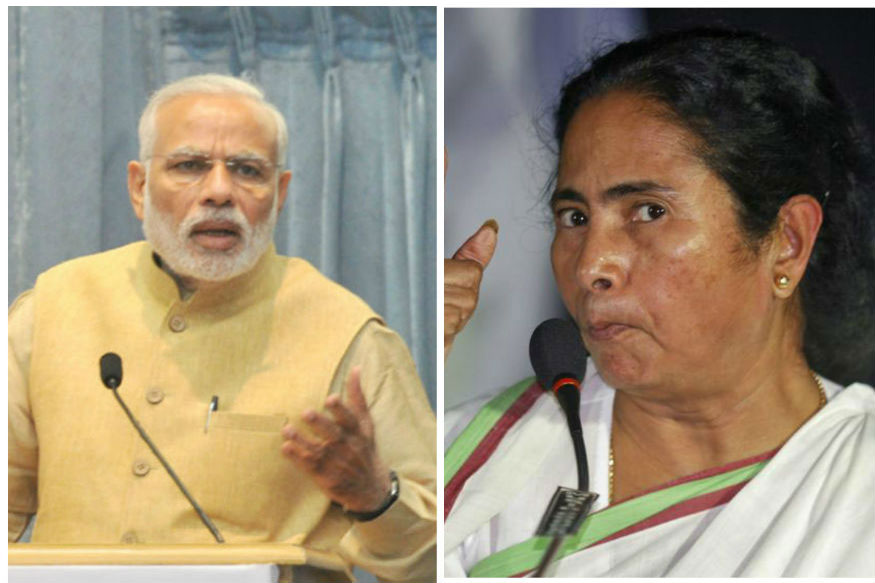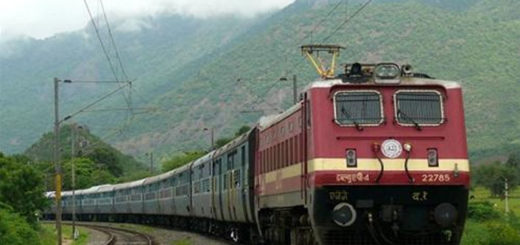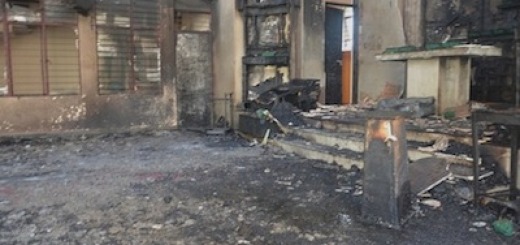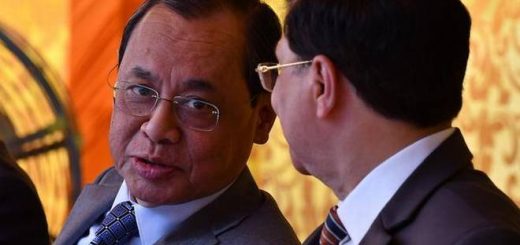10 things to know about ‘Modicare’

Isaac Gomes
Asso. Editor
Church Citizens' Voice
As reported in Business Today (1st February 2018), the Finance Minister Arun Jaitley on 1st February unveiled a new National Health Protection Scheme (NHPS) under which health coverage of up to Rs 5 lakh per family will be offered for secondary and tertiary care hospitalization. It is intended to benefit over 10 crore under-privileged families.
The government will also establish 1.5 lakh Health and Wellness Centres under the Ayushman Bharat programme. "We are all aware that lakhs of families in our country have to borrow or sell assets to receive indoor treatment in hospitals. Government is seriously concerned about such impoverishment of poor and vulnerable families," Finance Minister Arun Jaitley said in his speech.
1. The Finance Minister said that these centres will provide comprehensive health care, including non-communicable diseases and maternal and child health services.
2. These centres will also provide free essential drugs and diagnostic services.
3. The union government has committed Rs 1200 crore in this budget for this programme.
4. The government also invited contribution from the private sector through CSR and philanthropic institutions in adopting these centres.
5. "Present Rashtriya Swasthya Bima Yojana (RSBY ) provides annual coverage of only Rs 30,000 to poor families. Several State Governments have also implemented/supplemented health protection schemes providing varying coverage. My Government has now decided to take health protection to more aspirational level," the Finance Minister said.
6. These two far-reaching initiatives under Ayushman Bharat will build a New India 2022 and ensure enhanced productivity, well being and avert wage loss and impoverishment. These Schemes will also generate lakhs of jobs, particularly for women.
7. In order to further enhance accessibility of quality medical education and health care, we will be setting up 24 new Government Medical Colleges and Hospitals by upgrading existing district hospitals in the country.
8. This would ensure that there is at least one Medical College for every three Parliamentary Constituencies and at least one Government Medical College in each State of the country.
9. Pradhan Mantri Jeevan Jyoti Beema Yojana (PMJJBY) has benefitted 5.22 crore families with a life insurance cover of Rs 2 lakh on payment of a premium of only Rs 330/-per annum.
10. Likewise, under Pradhan Mantri Suraksha Bima Yojana, 13 crore 25 lakh persons have been insured with personal accident cover of Rs 2 lakh on payment of a premium of only Rs 12 per annum. The Government will work to cover all poor households, including SC/ST households, under these in a mission mode.
Note: Tertiary health care refers to the health system where specialised consultative care (for burn treatment, cardiac surgery, cancer management, neurosurgery, complex medical and surgical interventions) is provided on referral from primary and secondary medical care.
A Reality Check by scroll.in (Feb 9, 2018) revealed that:
- The National Health Protection Scheme (many have dubbed it Modicare) was, in fact, announced in the 2016 Budget – the only difference being that the sum assured was raised from Rs 30,000 to Rs 1.5 lakh then and to Rs 5 lakh now. The scheme has not been operationalised in the last two years. Moreover, not even 50% of the funds under the existing health cover scheme has been spent last year. A simple reason for this is that many large states already have better designed insurance schemes in place.
- Finance Secretary Hasmukh Adhia said in a post-Budget interview that it would take six more months to finalise the scheme and then perhaps a few more months to contract insurance agencies and providers. In his view, it is uncertain if the scheme will be fully implemented this year. We may add that it is uncertain the scheme will be implemented before the general elections due in 2019, though it will no doubt give the ruling Bharatiya Janata Party a major talking point for the polls.
- The financial requirement for this scheme, if we go by premiums paid in successful state-run schemes, will not be less than Rs 3,000 per household, which translates to an outlay of Rs 30,000 crore. The Rs 2,000 crore allocated for health insurance in the Budget is less than what most state governments spend on similar schemes.
-
Since no time-frame has been announced for implementation, Modicare is more an election gimmick than a real solution to India’s health needs.
Considering the grey areas of the scheme and the adage "there is many a slip between the cup and the lips", it would be prudent if our dioceses lay much greater emphasis on Preventive Healthcare in our Diocesan/Parish Pastoral Plans, than leaving the faithful in the lurch. This will pre-empt most illnesses, be much less expensive and be sustainable in the long run.
News18.com reported on 14rh February 2018
West Bengal Becomes First State to Opt Out of ‘Modicare’
Kolkata: Claiming that the Bengal government had already enrolled 50 lakh people under its own Swasthya Sathi programme, Chief Minister Mamata Banerjee has announced the decision to opt out of Centre’s ‘Modicare’ scheme.
This makes West Bengal the first state to withdraw from the ambitious programme.
“The Centre has drawn up a health plan in which 40% of the fund has to come from states. But why should the state spend on another programme when it already has its own? A state will have its own scheme if it has the resources,” the Times of India reported the CM as saying during a public meeting in Krishnanagar on Tuesday.
Union Finance Minister Arun Jaitley had announced the National Health Protection Scheme (NHPS) on February 1, making it the biggest global plan to provide quality health cover to a population larger than the combined citizenry of the US, UK, Germany and France.
“We have done it even after the Centre takes away Rs 48,000 crore a year for debt-servicing the loan liability left behind by the preceding CPM government,” the chief minister was quoted as saying.
Mamata Banerjee had earlier also expressed her discontent over the scheme.
A day after the Budget was announced, Banerjee had said that the health scheme Centre talked about (Rs 5-lakh health cover for 10 crore poor) was also only on paper.
Other leaders have also been skeptical about the scheme.
Derek O'Brien, leader of Trinamool Congress in the Rajya Sabha, criticised the budget as “super flop show, big bluff show” and pointed out that the Mamata Banerjee-led government in West Bengal already follows what Jaitley proposed to do in 2018-19.
The CPM central committee member, Prakash Karat, had questioned the fund allocated for the national health scheme.
“How the Centre could implement its new public health policy – National Health Protection Scheme (NHPS) – for the poor across the country with a meager amount of Rs 2,000 crores against the experts’ estimation cost of Rs 1 lakh crores,” he asked.

















